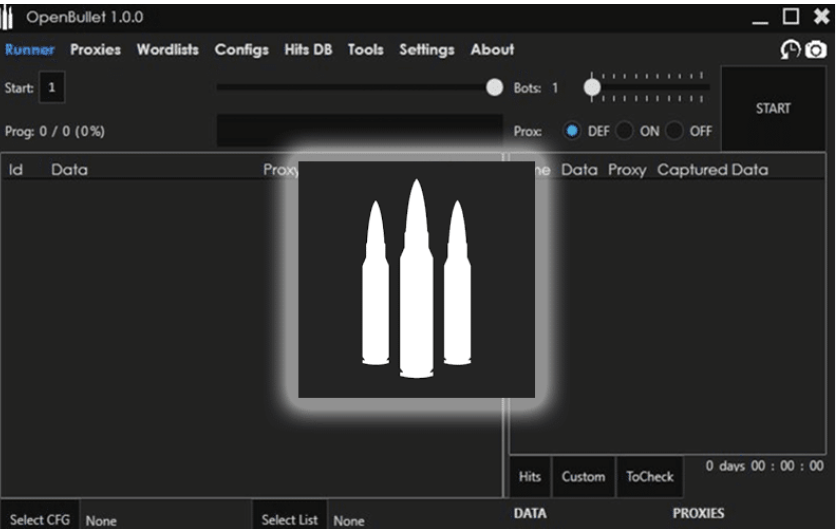
Cracking Tools Mega 2025
The Cracking Tools Mega 2025 poses a growing cybersecurity threat by consolidating multiple exploitation tools into a single, easily deployable package. Threat actors frequently use these toolkits to automate attacks, bypass security measures, and exploit vulnerabilities across networks and systems. Their modular design allows attackers to quickly adapt to emerging threats, making these tools a persistent challenge for defenders. As cyberattacks continue to grow in sophistication, security teams must understand how these tools operate to mitigate them effectively.
This software offers a collection of pre-configured utilities that support penetration testing, credential cracking, and network exploitation. Although some security professionals use similar tools for legitimate vulnerability assessments, malicious actors often take advantage of them to launch brute-force attacks, escalate privileges, and compromise remote systems. Common attack scenarios include password cracking, session hijacking, and delivering malware payloads through scripted exploits.
Key Features of Cracking Tools Mega
| Feature | Description |
| Brute-Force Modules | Automates password guessing against logins, databases, and encrypted files. |
| Exploit Library | Includes pre-written exploits for known vulnerabilities in OS and applications. |
| Payload Generator | Creates custom malware payloads for remote execution. |
| Network Scanner | Identifies open ports, services, and vulnerable hosts. |
| Credential Harvesting | Extracts saved passwords from browsers and system memory. |
| Anti-Detection Techniques | Obfuscates traffic and bypasses antivirus (AV) and endpoint detection and response (EDR) solutions. |
How the Cracking Tools Mega
Techniques and Functionality
The toolkit operates through a combination of automated scripts and manual attack modules. Its workflow typically follows these stages:
Reconnaissance
- The network scanner maps target systems, identifying active hosts, open ports, and running services. Tools like ARP spoofing or DNS enumeration may gather additional intelligence.
Exploitation
- The exploit library is queried for vulnerabilities matching the target’s OS or applications (e.g., unpatched CVEs). Modules may deliver exploits via phishing emails, malicious links, or direct network injection.
Credential Attacks of Cracking Tools Mega
- Brute-force or dictionary attacks target weak passwords, while hash-cracking tools (e.g., rainbow tables) decrypt stolen credentials. Some modules dump LSASS memory to extract plaintext passwords.
Payload Delivery
- Custom payloads, such as reverse shells and ransomware, are generated and delivered via compromised services. Techniques like DLL sideloading or PowerShell injection evade detection.
Persistence
- Backdoors, scheduled tasks, or registry modifications ensure continued access. Traffic may be routed through proxies or encrypted to avoid network alerts.


